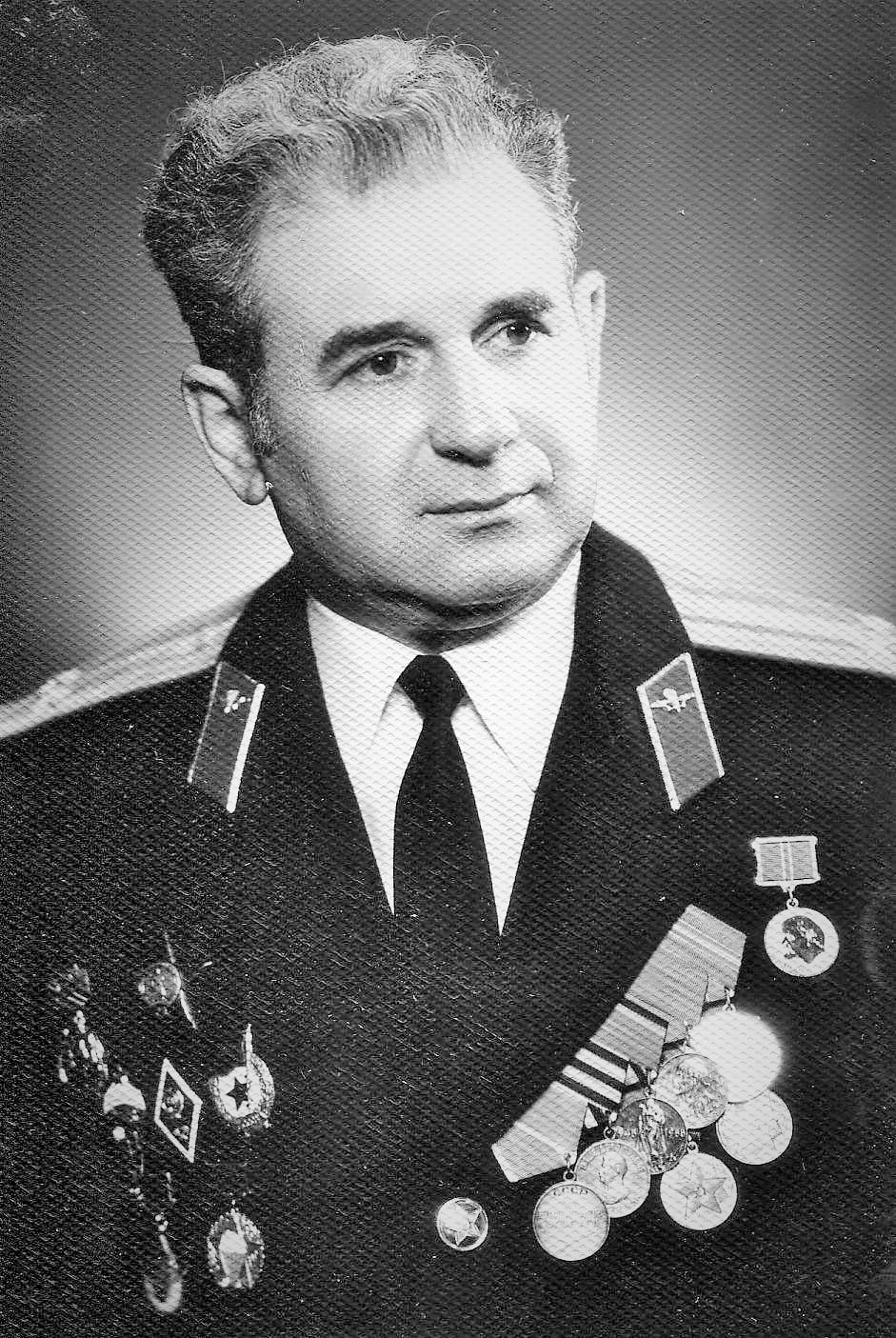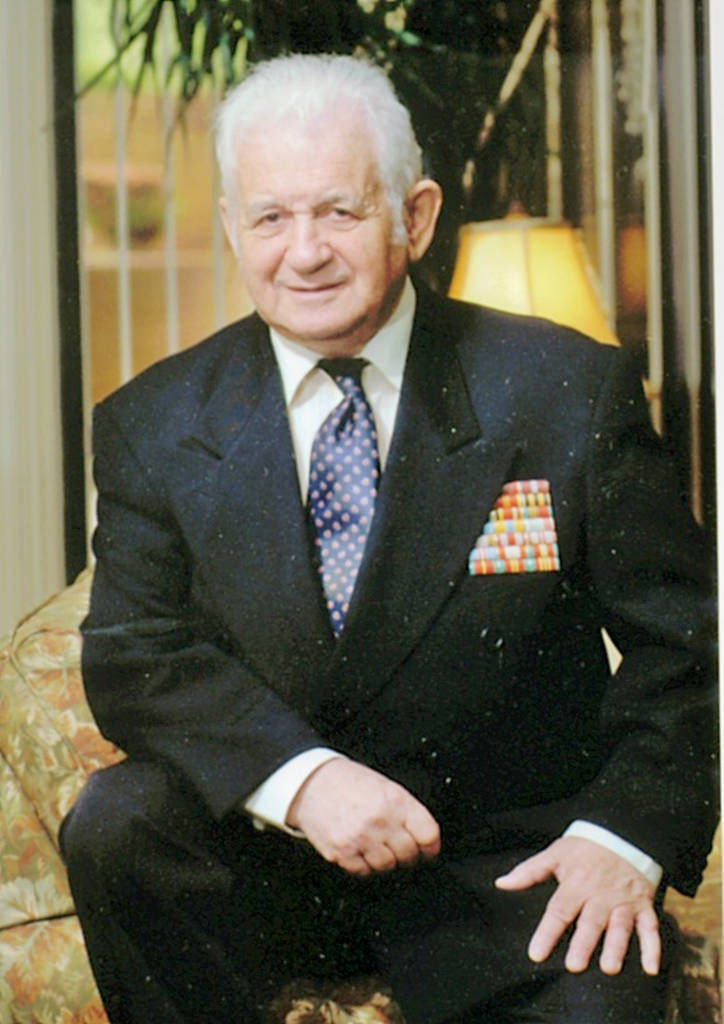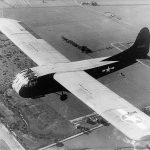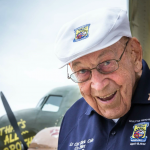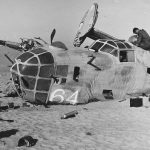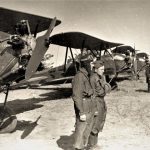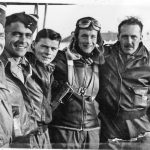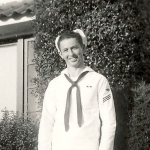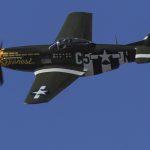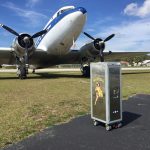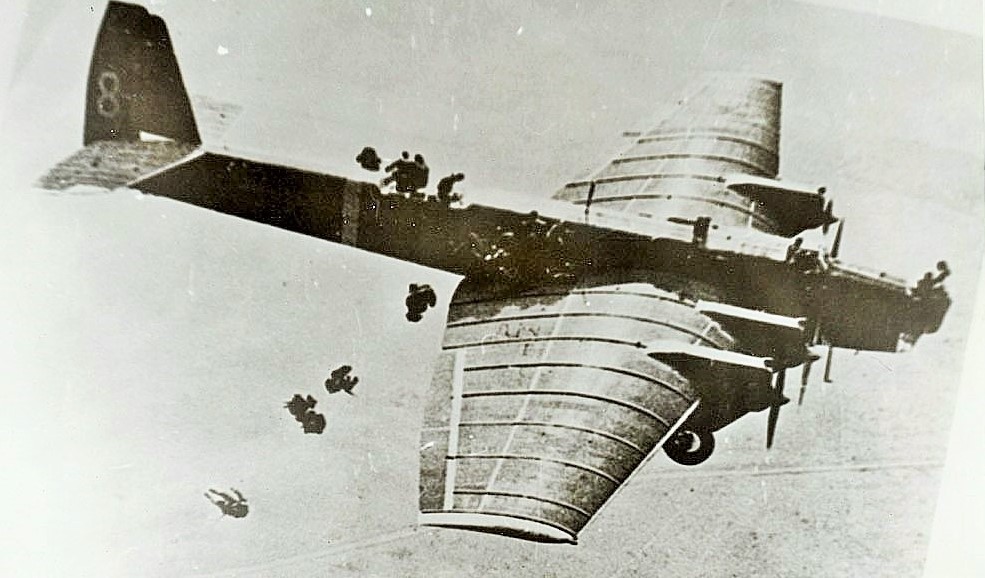
Armageddon is mentioned in the Book of Revelation as a reference to the final battle between the forces of good and evil. Religious scholars from Christianity to the Baha’i Faith have speculated the rival militaries will meet near Mt. Megiddo, an area dominated by the modern Israeli kibbutz of Megiddo neighboring the Kishon River. Located in northern Israel, this “final battlefield” is situated close to the Syrian border and a stone’s toss away from Damascus.
Prevailing spiritual theoreticians believe Armageddon will be “the” final conflict between the two major powers in the world, the Russian bear and the American eagle. As of this writing, Russian jets and American warplanes are playing a dangerous game of cat and mouse in the skies over war-torn Syria. An accidental “shoot down” or misconstrued order could easily propel the world into a nuclear confrontation. Russia and America, once allies in World War II yet now political adversaries, are engaged in potential and probable armed conflict, a fight neither side wants yet from which can’t back down.
With the surrender of Germany in WWII the killing fields of Europe had exacted a terrible toll: American losses approximately 400,000 weighed against 10 to 20 million Soviet war dead. Colonel Knanon Zaretsky was one of the lucky ones; he survived the ruthless fighting, back when the bear and eagle fought for the same goal. And this is his story, with the assistance of Russian interpreter Yuriy Gluzman.
In 1993, the Russian Academy of Sciences suggested the correct figure of WWII Soviet dead hovered around 26.6 million. Other scholars have speculated the actual death toll, both military and civilian, to be more realistic at 40 million. On the day of our interview, students of Russian studies from the University of North Georgia were visiting the Russian Museum of Camaraderie in Sandy Springs. Their language instructor, Tatiana Maslova, is a native Russian who also speaks flawless English, Russian and French. Student Tanya Dakake is from Latvia and speaks Russian, Latvian and English. Another student, Anastasia Skutar, the daughter of an intelligence officer, was born and raised in Ukraine. She speaks fluent Ukrainian, Russian, perfect English and “a little” German. She retains a law degree from Ukraine and will soon graduate with an accounting degree from UNG.
Colonel Zaretsky talked briefly with the students before our interview. He is the founder of the Russian Museum of Camaraderie at the MedSide Healthcare facility in Sandy Springs. Talkative and sharp as a tack, the Colonel has witnessed the worst of man, yet maintains indestructible optimism for mankind. Zaretsky was born in Bobruisk, Belarus in 1924. A ninth grade student at the dawn of WWII, he witnessed his hometown lose more than one-third of its population. Luckily, the Zaretsky family relocated to Kazakhstan. The Colonel recalled, “I studied tractors, the mechanics of many things, but ended up studying at the war academy, then was sent to officers school for communications. I studied hard and graduated in the top of the class. They said I was near genius; I will agree with that,” he said, laughing. “Because of my successful studies I was ordered to Moscow instead of going to the front.” (The interpreter wrestled with the translation, but apparently Colonel Zaretsky developed into one of Moscow’s premier “innovators” or “inventors”). The Colonel continued, “We were always upgrading things, tweaking this and that, always in an effort to improve the old or invent the new to help in the war.”
At 18 years of age the romanticism of war was difficult to resist. Zaretsky recalled, “I asked for a combat posting, I wanted to participate in the war, but I didn’t expect parachute school. It was very dangerous but also very exciting. Our jump platform was a Tupolev TB-3.” (Note: American paratroopers “jumped” out of airplanes; the Russians “slid” off airplanes. However, the Tupolev TB-3 was indeed a platform. Russian paratroopers either “scooted” or “slid” off the wings, sometimes hanging on for the entire flight by grasping a cable attached to the upper part of the wing). Colonel Zaretsky discussed another glitch: “Our parachutes were poorly made. Usually one out of 10 parachutes failed, causing many deaths. We finally received American parachutes and were excited to receive them.” When asked why, Zaretsky replied, “They opened!”
Reflecting on war at 18: “It was dangerous yet romantic in a way. I was 18 years old, no fear, fighting for Mother Russia. I actually walked into combat the first time, I didn’t have to parachute in. As commander of a communications unit, I had about 30 soldiers under my command. Our first combat mission was at night. We arrived at a small city, it was on fire, everything burning, but we didn’t panic, we were all calm. Our job was to provide communications, and that’s what we did.” Pausing for a moment, Colonel Zaretsky said, “ … I could tell you a thousand stories.”
With casualties on such horrific scale, the Colonel lost many of his men to the German invaders. His unit saw action in Czechoslovakia, Austria, Hungary and Germany. He recalled an incident in Germany: “We were in a small German town when a woman approached me, frightened and crying. ‘You are an officer,’ she said. ‘One of your men stole my watch.’ My reply was, ‘So what?’ She explained it wasn’t just a watch, but had been a gift with special meaning. I believed her. I asked my men, ‘Who took the watch?’ But there was no reply, so I warned the men, ‘Either return the watch or if I find out later who did this, I will have you shot.’ A soldier stepped forward and returned her watch. Later he asked me, ‘You really would have shot me over a watch?’ And I told him, ‘We are not like Germans, we fight for a different reason.’”
During a visit to Germany with his wife in 1996, the Colonel was walking his dog one morning when he met a German gentleman who was also walking a dog. Recalling the conversation, the Colonel said, “We talked about the war. Why and how did it happen? The man wanted to learn about me and the Russian people. The next morning he was waiting for me, wanting to understand more. He couldn’t comprehend why he and I were once enemies.”
In another incident, the Colonel and his wife realized they were lost en route to the airport. They asked a German woman for directions. “We were surprised that she was so helpful and so pleasant,” Zaretsky said. “The woman was truthfully concerned. We could not believe it.” (The interpreter, Yuriy, explained the reason the Colonel and his wife were so shocked by the woman’s courtesy. Yuriy said, “You see, in Russia, if you ask people for directions, people look at you like, ‘are you stupid or something? Go find yourself a map.’ It is very difficult for Americans to understand. Very different attitude in Russia.”)
Colonel Zaretsky has lived in America since May of 1990. He has three diplomas, one awarded for the studies of Communism while under the iron fist reign of Joseph Stalin. He recalled, “Under Stalin you could not say what you thought. Very dangerous to speak truth. Communism is impossible. Marx and Lenin, they say regular people should rule. That is wrong. They are not ready to rule a country. You need smart people to run a country, to make the proper decisions. You cannot have lower class people running a country. Stalin would pull educated people out of important positions then replace them with illiterate people. A man could be a laborer one day, a manager the next day, without schooling or training. Government does not work that way.
“Carl Marx said a country must be ruled by regular people. How is that possible? You need training; you need education. I never agreed with Communism. Communism is not utopia. The Communist ideal of how to rule a country is flawed, the country will not survive.”
When asked if the Russian people were better off after the fall of Soviet Russia, Colonel Zaretsky replied, “Even after Stalin’s death, the Russian economy started to improve. And after communism failed, the people could travel, leave the country. The economy was much better.”
When asked why he moved to America, Zaretsky replied, “My children are here,” he said, grinning.
And does he enjoy America? “America has it right,” he said. “You built a nation the right way. If you really want something in America you have to study for it, to work for it, but you can go for it. Freedom, is good.”
His final comments. “Another world war is no good now, nobody wins; everyone die. Our mission is to be sure war does not happen. We need peaceful talk to avoid war. Peace is better than war.
“After fall of Communism, Russian history books now teach Stalin and Hitler wanted to rule world, together. Stalin thought himself smarter than Hitler, but Hitler was smarter than Stalin. Stalin’s military thinking was stuck back in World War I, big armies, no new tanks, no modern equipment. Politics fail, people die.”
As the interview concluded, Colonel Zaretsky said, “We go have lunch now. I apologize, my English not so good.” I replied, “I must apologize, too, Colonel …. neither is my Russian.”
The Russians served lunch, starting with pickle soup. But that’s another story.
The Russian Museum of Camaradaire is open every day but Saturday. It is located in Sandy Springs, MedSide Healthcare Building at 1120 Hope Road. MedSide Healthcare CEO Dr. Victor Vaysman, his beautiful wife Yuiya Korabelnikova, and their zealous staff are planning to expand the museum to incorporate more information on American veterans and to display more American artifacts from WWII. To inquire how you could be of assistance or schedule a tour, call 404-633-7433.
Perhaps Valdimir Putin and Donald Trump should meet near Megiddo, sit down and share a bowl of pickle soup while discussing politics. I’m convinced that a bowl of pickle soup is one hell of a healthier option than Armageddon.
Pete Mecca is a Vietnam veteran. For story consideration visit his website at aveteransstory.us and click on “contact us.”








